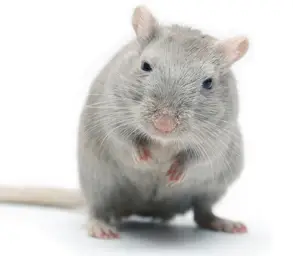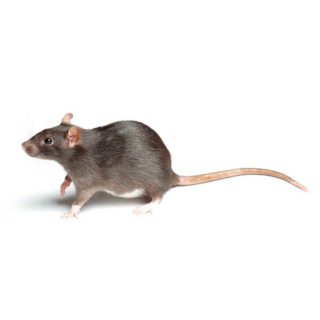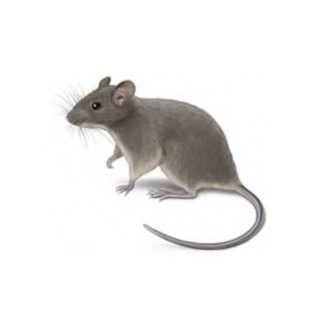Roof Rats in McAlpin
Roof rats are agile rodents distinguished by their sleek black or dark brown fur and long, scaly tails. With a propensity for nocturnal activity, roof rats are most active during the night, foraging for food and exploring their surroundings under the cover of darkness. Their prolific breeding habits and social nature often lead to colony formation, posing challenges for pest control efforts. Preventative measures such as sealing entry points and eliminating food sources are essential for managing roof rat populations and minimizing their impact on the ecosystem and public health of McAlpin.
Roof Rat Habitat
Roof rats favor elevated areas such as tree canopies, thick shrubbery, and climbing vines. They are equipped with specialized foot pads for climbing and rely on their tails for balance when scaling heights above ground level. When these rodents infest homes, they are commonly found in attics, eaves, and rooflines. The nocturnal habits of roof rats often manifest as the rustling sounds heard in attics at night, which serve as an early warning sign of infestation in residential settings.
Roof Rat Behaviors, Threats, or Dangers
Roof rats are carriers of numerous diseases, including Salmonella, leptospirosis, and rat-bite fever. As they scavenge for food, they leave behind contamination in human, pet, and livestock food sources. Their omnivorous nature leads them to favor citrus fruits, pet food, pet waste, birdseed, meat, and grease, often leading to infestations in storage sheds and BBQ areas. Beyond their role in disease transmission, roof rats can cause considerable structural damage when nesting in walls and attics, with chewed electrical wires posing a serious fire risk.
If you have a roof rat infestation in your McAlpin property, always contact a licensed rodent control company.
Need help with Roof Rat control?
Leave your information below and we’ll be in touch with a FREE quote!
"*" indicates required fields
*During normal business hours. After hours calls will be returned the next business day.




